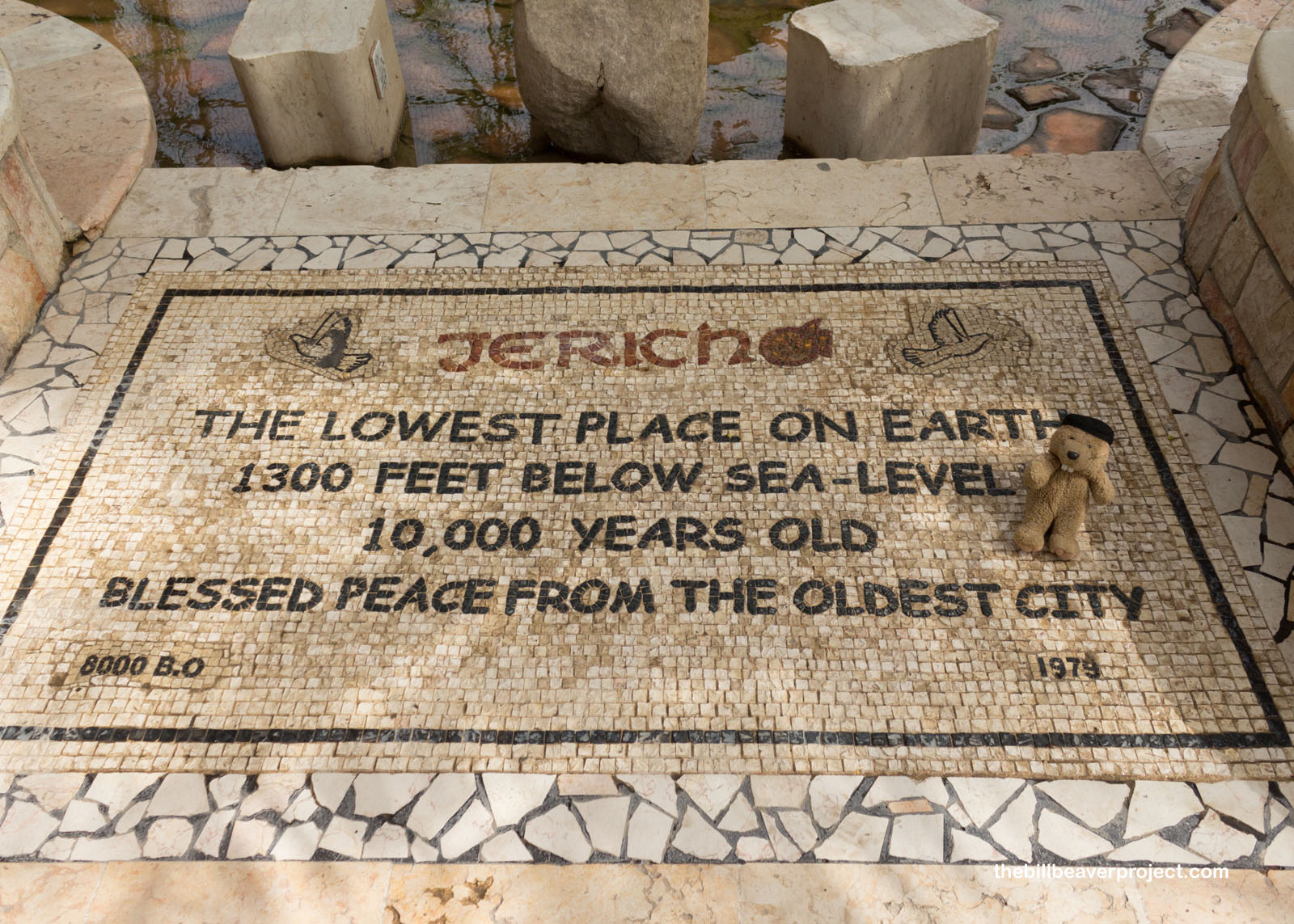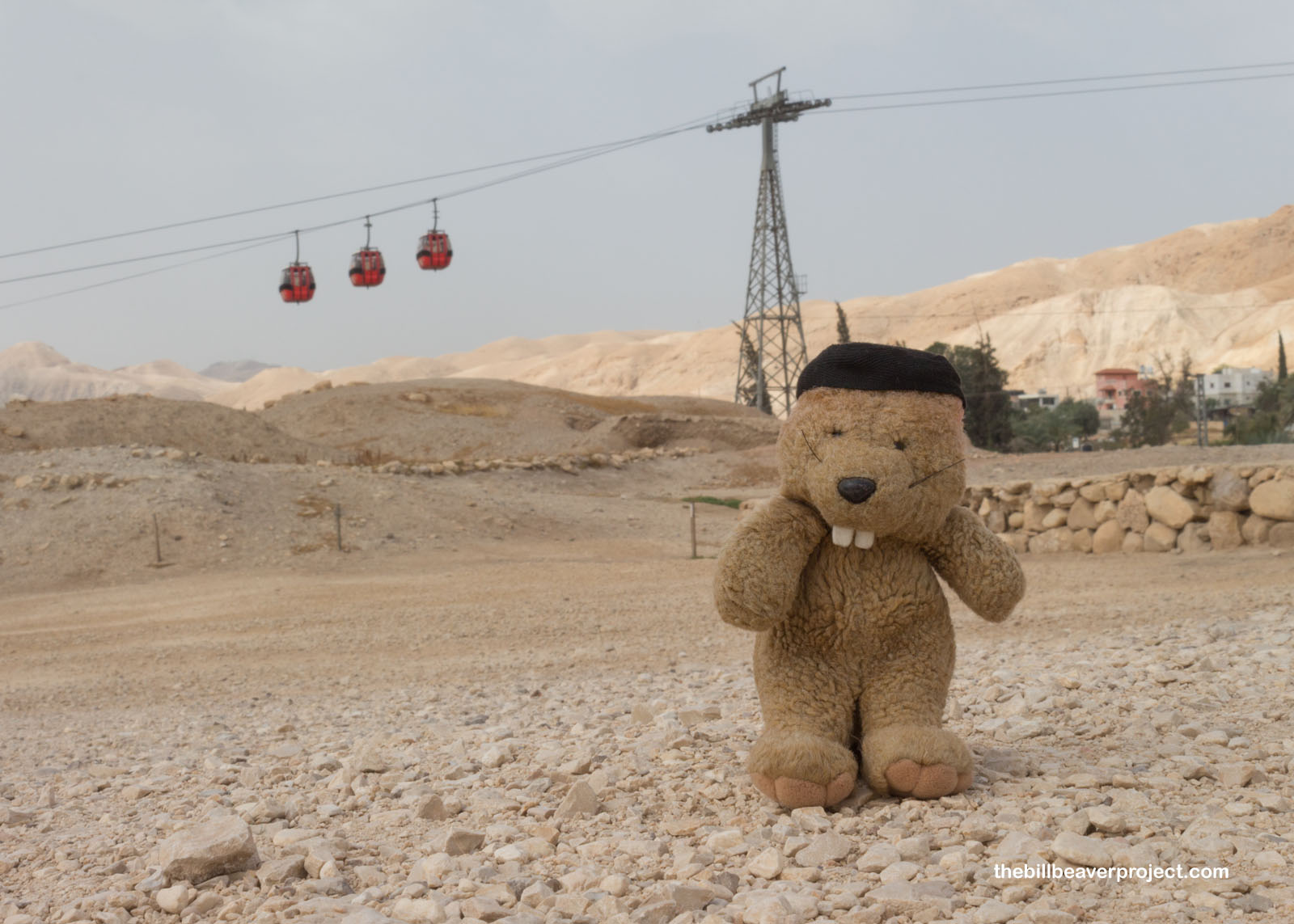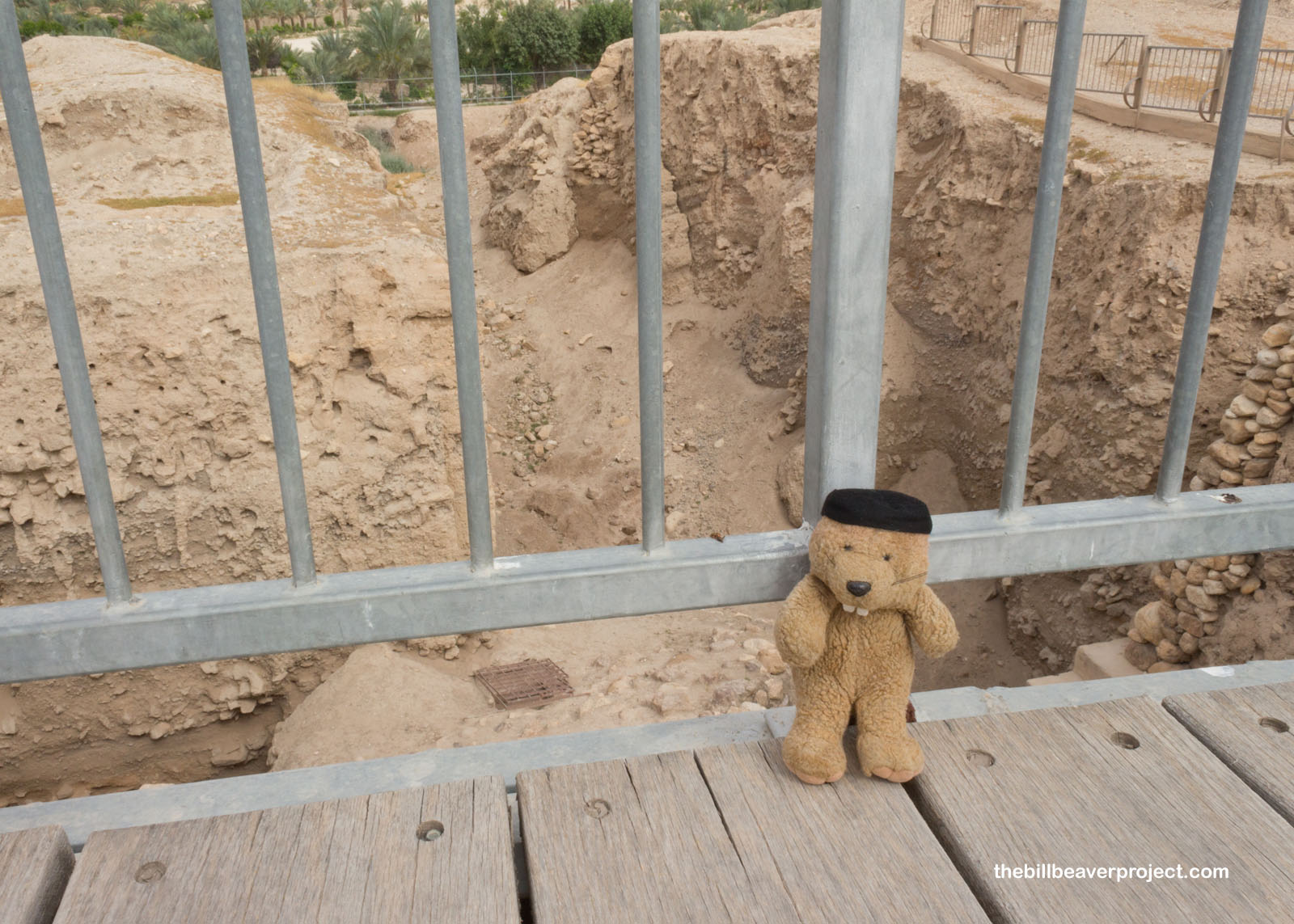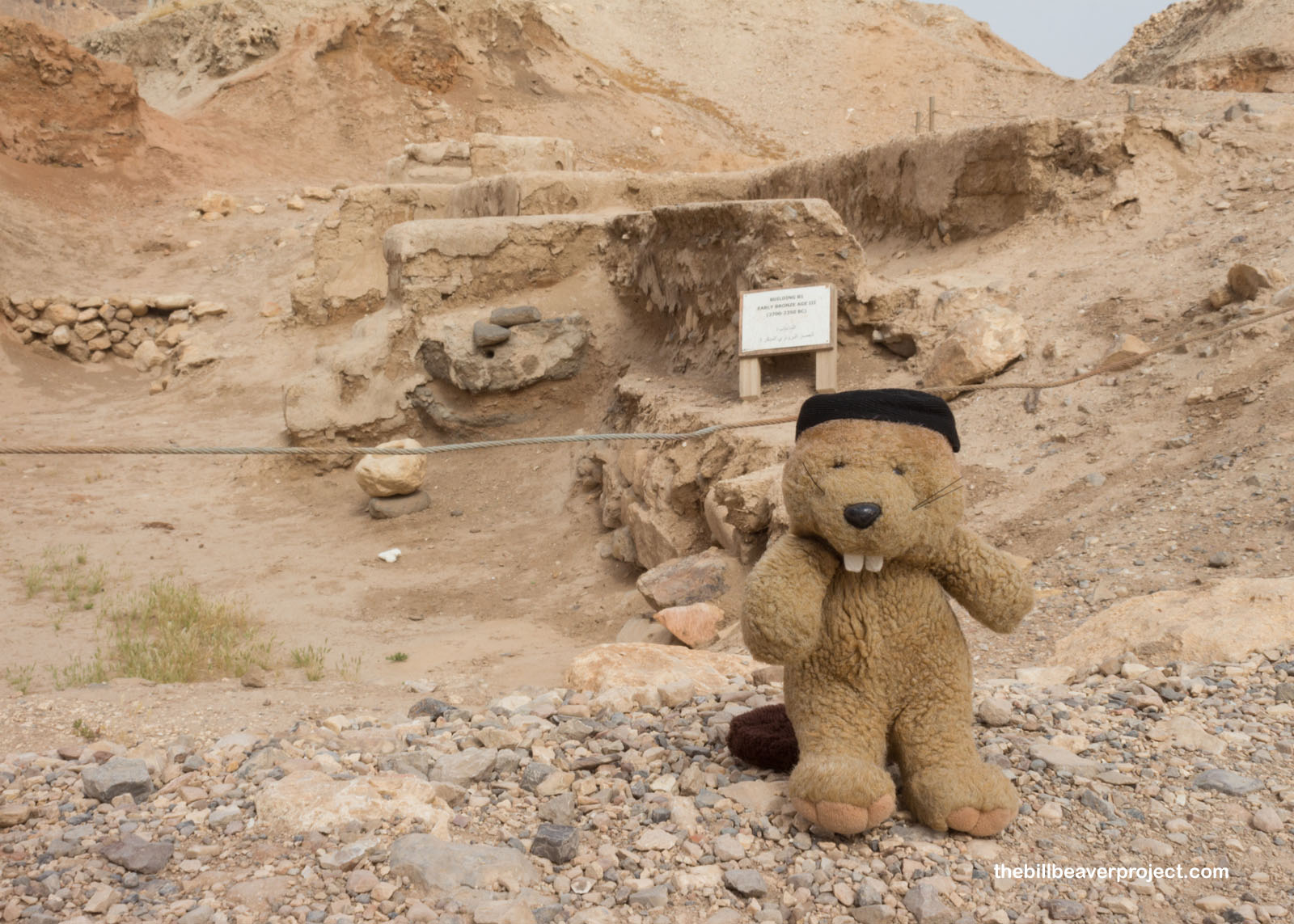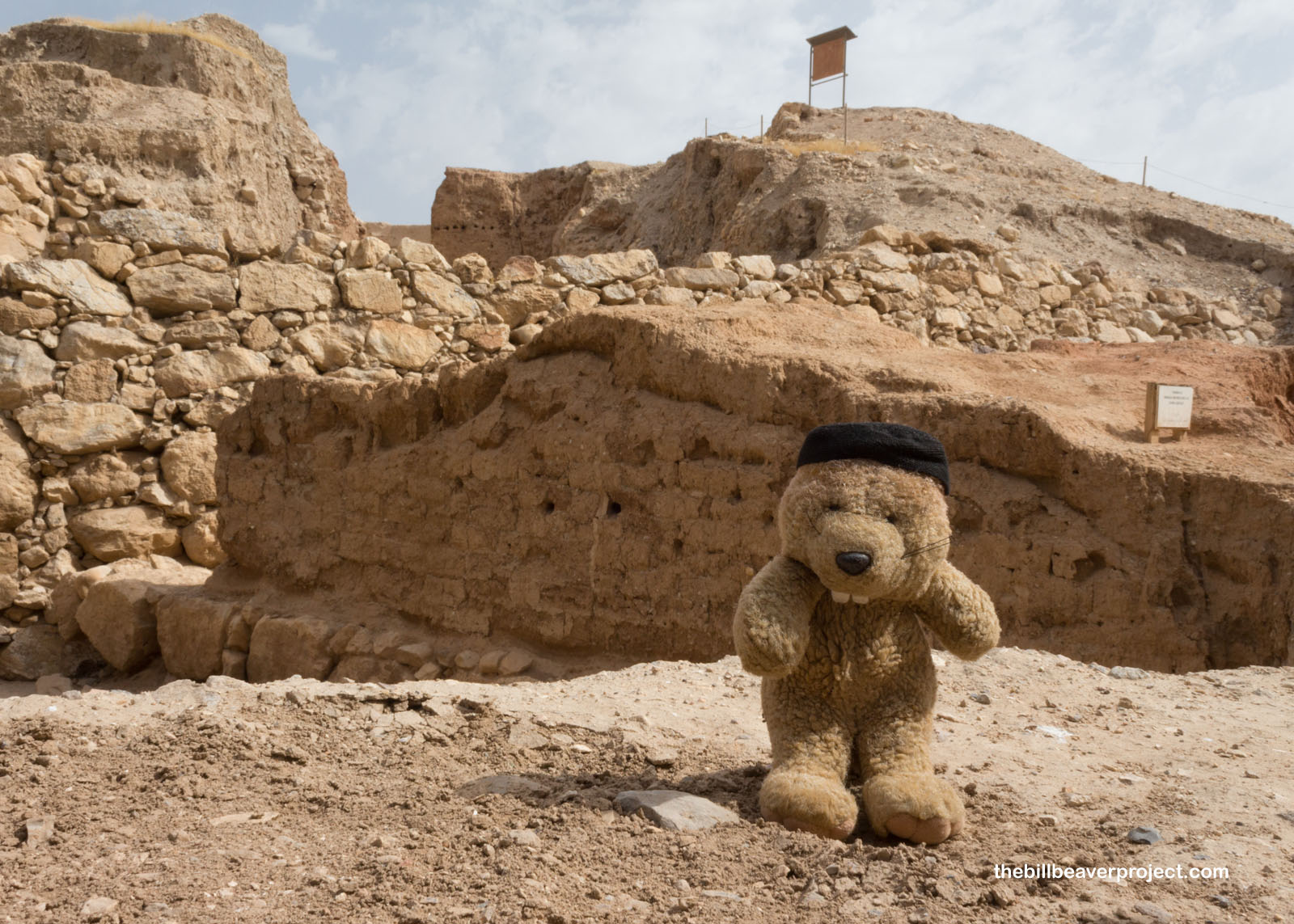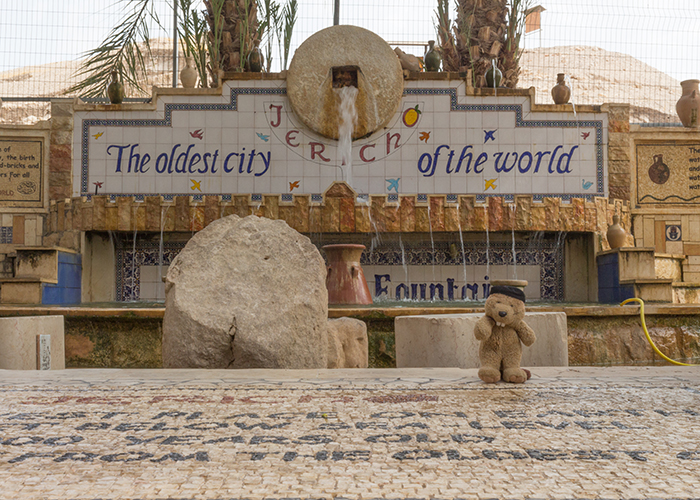| What makes it historical? |
There are twenty-three layers of Jericho, each dating to a construction and a destruction all the way back to 9,000 BC! The spring here, now called Ain es-Sultan, gave Stone Age settlers plenty of water to support themselves in the hot desert near the Jordan River! They lived here for a millennium, slowly converting from hunter-gatherers to farmers, and in the process setting up the city’s now famous walls, the oldest in the world! After a change-over of inhabitants followed by a thousand years without occupation, a new village grew up here in 5,000 BC, now with pottery!
By the end of the 4,000s BC, the walls of Jericho had returned, and by 2300, the Amorites and the later Canaanites, introduced concepts of town planning and ancestor worship to Jericho! It was under this occupation that Biblical tradition states the prophet Joshua blew a shofar and knocked down the walls, but that was supposed to have happened in the 1400s BC. Archaeological evidence points that time period during another unoccupied stage of Jericho’s history!
Jericho was abandoned once again until the 9th century, occupied by Hiel the Bethelite, then Herod the Great, with Roman, Umayyad, Crusader, Ottoman, and British occupations leading into modern times. It became a major Palestinian refugee camp in 1948 and was the first city from which Israeli forces withdrew after the 1993 Oslo Accords! |
| How can I Help the Helpers? |
HERE’S HOW:
- Pay the entrance fee to help maintain trails, signs, structures, and other visitor services!
- Be a responsible visitor! Please respect the signs and pathways, and treat all structures and artifacts with respect. They’ve endured a lot to survive into the present. They’ll need our help to make it into the future!
|
